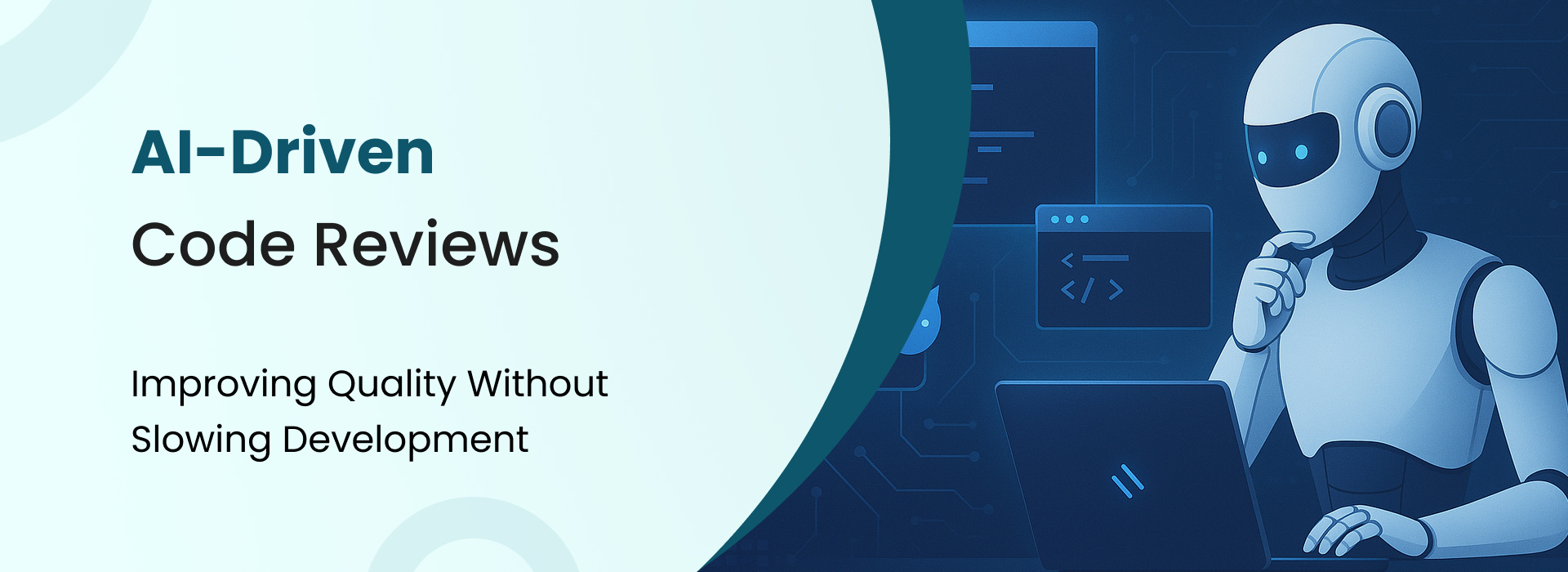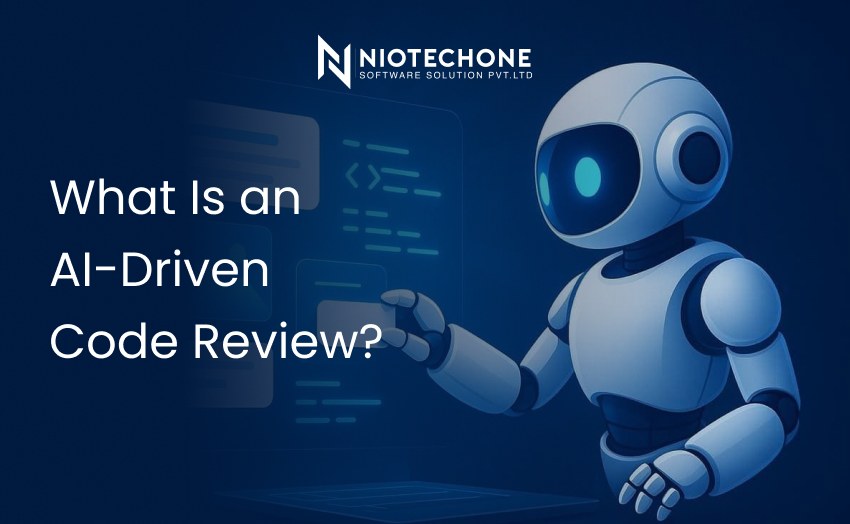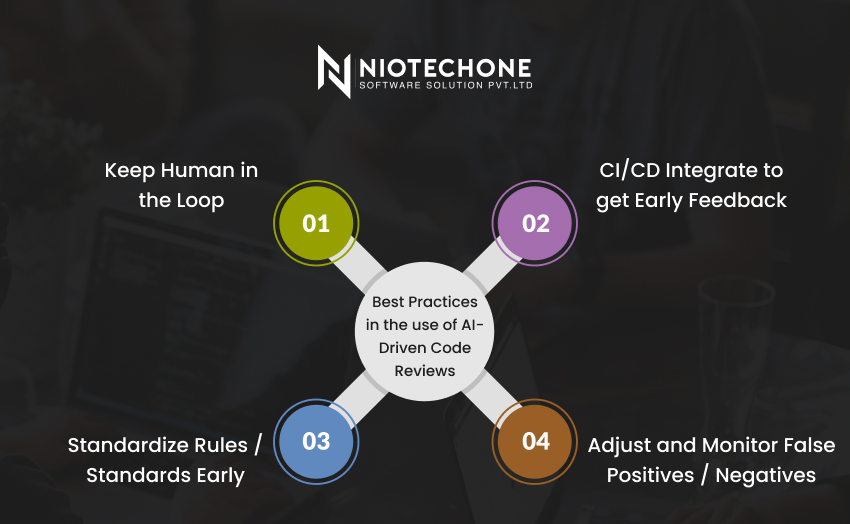These are key reasons why AI code reviews are not only useful, but essential to contemporary dev teams.
Speeding Up Feedback Cycles
Manual code review can be a bottleneck: waiting to be reviewed; reviewers being overwhelmed; small fixes accumulating. Niotechone software solution pvt. ltd. says that most reviews require long hours or even days between PR creation and review completion. AI tools can provide preliminary feedback in seconds or minutes.
Consistency Across Teams
Humans are different: various reviewers possess different styles, levels of experience, and priorities. AI reviews impose uniform coding conventions, style conventions, linting conventions, formatting, even performance conventions. This consistency is essential as teams expand (or on more than one squad).
Early Detection of Security and Quality Problems
AI tools are effective at identifying typical security vulnerabilities (e.g. SQL injection, XSS, buffer overflows), code smells, anti-patterns, missing null checks, etc. The sooner they are detected, the less expensive the repair. According to OpenXcell, AI review assists in identifying security vulnerabilities at an early stage to avoid the expense of correcting them once they are produced.
Reducing Technical Debt
Small quality problems add up over time: inconsistent style, untested code, unused imports, duplications, small inefficiencies. Many of these can be automatically flagged by AI reviewers, and this can help keep the codebase cleaner. That minimizes subsequent refactors and minimizes maintenance cost.
Empowering Greater Productivity and Satisfaction of Developers
When developers do not need to waste hours on repetitive, low-value checks, they can be creative: adding features, refining architecture, optimizing performance. AI assists in transferring the responsibility of spotting the small bug to machines. When tedious work is delegated, teams report increased morale.
Faster Time-to-Market
The combination of effects, such as faster reviews, reduced reworks, reduced post-release bugs, results in faster feature delivery. This is a tangible benefit in markets where first or responsiveness is important.














